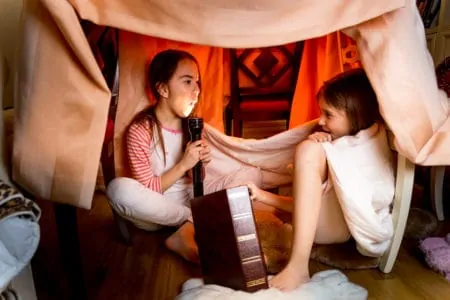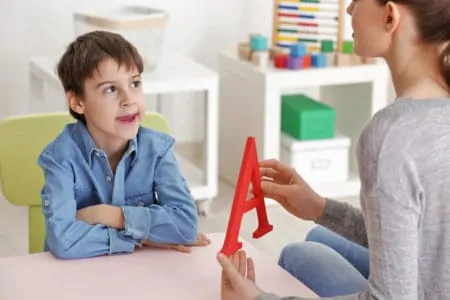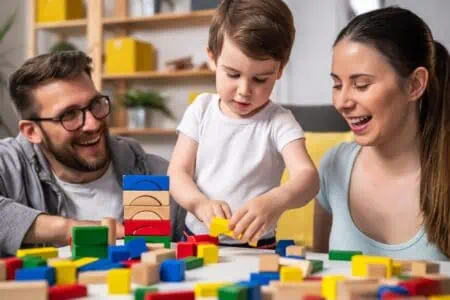We analyzed the latest government reports and official studies to bring you the most current foster care statistics. Our breakdown covers demographics, mental health impacts, and the challenges youth face when aging out of the system.
Here is a look at the realities of foster care today, stripped of the jargon and easy to digest.
Key Takeaways
- Current population: As of the latest fiscal reports, roughly 369,000 children are currently in the U.S. foster care system.
- Primary cause: Neglect is the number one reason children enter care, accounting for over 60 percent of cases, rather than physical abuse.
- Reunification rates: The primary goal for most cases is reuniting families, and about 47 percent of children eventually go back to their parents or primary caregivers.
- Aging out challenges: Over 20 percent of teenagers who age out of the system become instantly homeless after turning 18.
Real Numbers: Foster Care Statistics and Facts
We have compiled the most critical data points regarding foster care, the children involved, and the outcomes they face. These facts provide a clearer understanding of how the system operates and where the greatest needs lie.
The Scope of Foster Care in the US
The sheer size of the system changes year by year. Here is a look at the current volume of children entering and exiting care.
- Total number of children: The most recent AFCARS report indicates a downward trend, with approximately 369,000 children in foster care at the end of the fiscal year (1). This is a decrease from previous years where numbers hovered near 400,000.
- Entries into care: Roughly 207,000 children entered the foster care system during the last reporting year.
- Exits from care: On the positive side, nearly 214,000 children exited the system in that same timeframe, meaning more children left care than entered it.
- Time spent in the system: The average child spends roughly 22 months in foster care before exiting to reunification, adoption, or guardianship.
- Global perspective: While exact global numbers are hard to pin down due to reporting differences, estimates suggest between two and eight million children worldwide live in institutional care or orphanages (2).
Why Children Enter Foster Care
There are many misconceptions about why kids end up in the system. The data shows that poverty and neglect play a much larger role than many realize.
- Neglect is the leading cause: Neglect is the primary reason for removal in 62 percent of cases (3). This often stems from a lack of resources, adequate housing, or food rather than malicious intent.
- Parental drug abuse: The second highest factor is drug abuse by a parent, which accounts for 36 percent of removals. This highlights the intersection of the addiction crisis and child welfare.
- Caretaker inability to cope: In about 14 percent of cases, children enter care because their primary caretaker is physically or emotionally unable to cope with parenting duties.
- Physical abuse statistics: Physical abuse is the primary reason for removal in 13 percent of cases, which is significantly lower than neglect.
Demographics and Disparities
The foster care population does not perfectly mirror the general U.S. population. Certain groups are overrepresented, and age plays a big factor in placement.
- Gender split: The system is fairly evenly split, though boys slightly outnumber girls, making up 51 percent of the foster population.
- Racial disproportionality: Black children are disproportionately represented. While they make up 14 percent of the total U.S. child population, they account for 22 percent of children in foster care.
- White children in care: White children represent 43 percent of the foster care population.
- Hispanic children in care: Hispanic children make up 21 percent of the system.
- Average age: The median age of a child in foster care is roughly eight years old.
- Teenage population: Teenagers are often the hardest to place. Youth aged 11 to 20 make up nearly 30 percent of the total foster care population.
Where Foster Children Live
When a child is removed from their home, the goal is to place them in the most family-like setting possible. However, that isn’t always what happens.
- Non-relative family homes: The majority of children, about 45 percent, are placed in foster family homes with non-relatives.
- Kinship care: Placement with relatives (kinship care) is the preferred second option and accounts for 35 percent of placements. This is generally less traumatic for the child.
- Group homes and institutions: Roughly 9 percent of children live in institutions or group homes. These settings are typically reserved for older youth or those with specialized behavioral needs.
- Trial home visits: About 5 percent of children are still technically in foster care but have returned home on a “trial run” to ensure safety before the case is closed.
Mental Health and Emotional Well-Being
Trauma is an inherent part of the foster care experience. Being removed from home, even for safety reasons, leaves a lasting emotional mark.
- High rates of PTSD: Post-Traumatic Stress Disorder (PTSD) is diagnosed in foster alumni at nearly twice the rate of U.S. war veterans (4).
- Prevalence of mental health diagnoses: Up to 80 percent of children in foster care enter with significant mental health issues compared to roughly 20 percent of the general population.
- Psychotropic medication use: Foster youth are prescribed psychotropic medications at rates ranging from 13 to 52 percent, significantly higher than their peers outside the system.
- Perception of family: Despite these challenges, resilience is common. Over 90 percent of children report feeling like they are part of the family they are currently living with (5).
- Substance abuse risks: Due to past trauma and instability, youth in foster care are five times more likely to abuse drugs and alcohol than non-foster youth.
The Reality of Aging Out
“Aging out” happens when a youth turns 18 (or 21 in some states) without being reunited or adopted. They are suddenly legally adults, often without a safety net.
- Annual volume: Approximately 20,000 young people age out of the U.S. foster care system every year without a permanent family.
- Immediate housing crisis: Within 18 months of aging out, between 40 and 50 percent of former foster youth become homeless (6).
- Education gaps: While many aspire to higher education, only about 3 to 4 percent of former foster youth obtain a four-year college degree.
- Early parenthood: By age 21, over 70 percent of women who aged out of the system have been pregnant, often perpetuating a cycle of economic hardship.
- Employment struggles: By age 24, only half of these young adults are employed.
- Criminal justice involvement: One in four youth who age out will be involved in the justice system within two years of leaving care.
FAQs
Here are some of the most common questions regarding the logistics and requirements of the foster care system.
In Conclusion
The statistics surrounding foster care can feel heavy, but they serve an important purpose. They highlight exactly where support is needed most, from better mental health access to stronger safety nets for teens aging out.Whether you are considering becoming a foster parent, an advocate, or simply wanted to educate yourself, understanding these realities is the first step toward helping these children find the stability they deserve.






